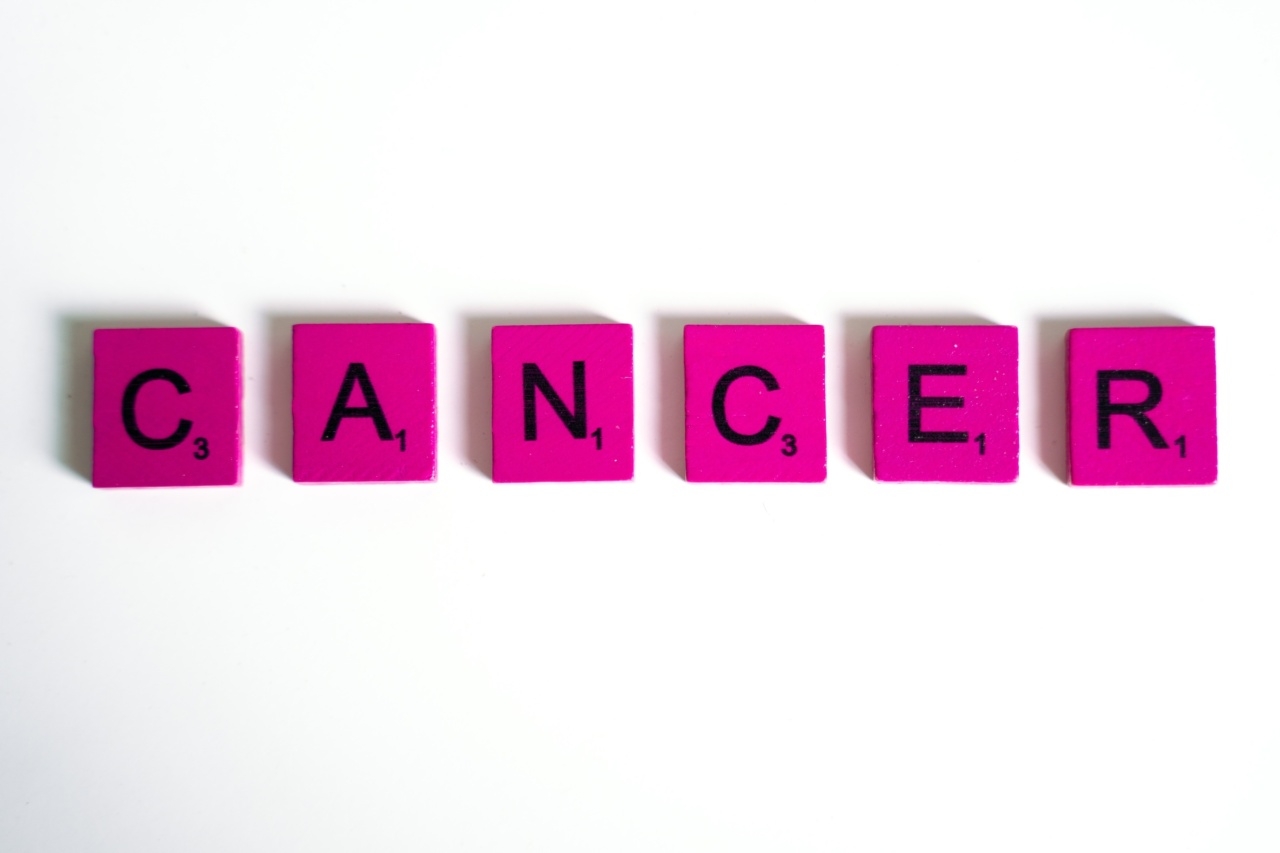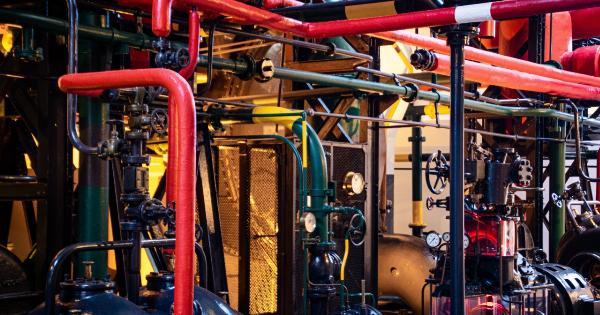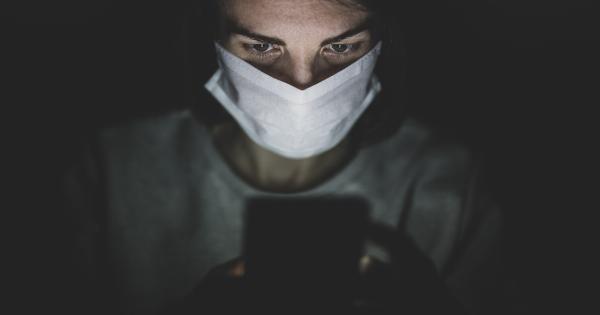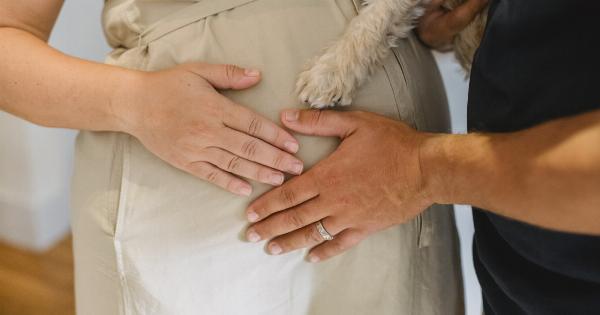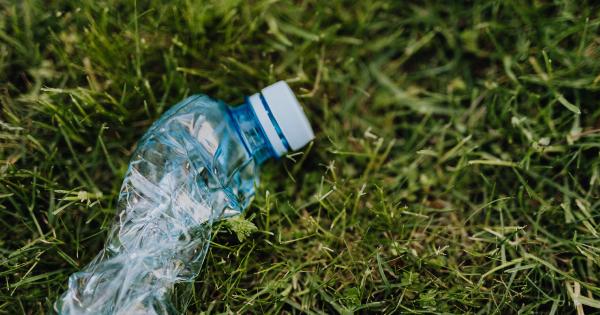Bladder cancer is a highly prevalent form of cancer that affects millions of people worldwide. It is essential to be aware of the early signs of bladder cancer as early detection greatly improves treatment outcomes.
While these symptoms may not always indicate bladder cancer, it is crucial to seek medical attention if you experience any of the following signs:.
1. Blood in Urine
One of the primary signs of bladder cancer is hematuria, the presence of blood in the urine. This blood may make your urine appear pink, red, or brownish.
Hematuria is not always visible, and sometimes it can only be detected under a microscope during a urine test. If you notice any unusual changes in your urine color or notice blood, it is important to consult a healthcare professional for further evaluation.
2. Frequent Urination
Experiencing an increased urgency to urinate, along with more frequent bathroom trips, might indicate early-stage bladder cancer.
If you find yourself rushing to the bathroom more often than usual and experiencing a sudden urge to urinate, it is advisable to seek medical advice. Frequent urination can be caused by various factors, including urinary tract infections or an overactive bladder, but it is always better to get professional evaluation to rule out any serious underlying conditions, such as bladder cancer.
3. Lower Back Pain
While lower back pain is a common ailment, persistent or chronic lower back pain can be a potential sign of various health issues, including bladder cancer. Tumors in the bladder can cause discomfort or pain in the lower back region.
If you experience unexplained and persistent lower back pain, it is essential to consult a healthcare professional to determine the cause and appropriate treatment.
4. Pelvic Pain
In some cases, bladder cancer can cause pain in the pelvic area. This pain may manifest as a dull ache or a more intense sensation.
If you have persistent pelvic pain or notice any changes in your pelvic region, it is advisable to seek medical attention for a thorough examination.
5. Urinary Infections
Recurrent urinary tract infections (UTIs) may be an early indication of bladder cancer, particularly in older adults. Bladder tumors can cause frequent infections as they create an environment that encourages bacterial growth.
If you experience multiple UTIs within a short span of time, it is vital to consult a healthcare professional for further evaluation.
6. Difficulty Urinating
Bladder cancer can sometimes obstruct the normal flow of urine, leading to difficulties when emptying the bladder. If you have trouble starting or stopping the flow of urine or experience pain during urination, it is essential to seek medical attention.
These symptoms could indicate bladder cancer or other conditions that require prompt treatment.
7. Changes in Urinary Habits
Changes in urinary habits, such as a sudden change in urine frequency or a weak urine stream, can sometimes be indicative of bladder cancer.
If you notice any significant changes in your usual urinary patterns, it is advisable to consult a healthcare professional for further evaluation.
8. Unexplained Weight Loss
If you experience unexplained weight loss without making any significant changes in your diet or exercise routine, it could potentially be a sign of underlying health issues.
In the case of bladder cancer, weight loss may occur due to a decreased appetite or the cancer’s impact on the body’s metabolism. Consult a healthcare professional if you experience sudden and unexplained weight loss.
9. Fatigue and Weakness
Bladder cancer can cause fatigue and weakness, even if you have had enough rest.
While fatigue is a common symptom of various medical conditions, if it persists or becomes debilitating, it is vital to seek medical advice to identify the underlying cause.
10. Swelling in Lower Legs
In advanced cases of bladder cancer, the blockage of blood vessels by tumors can lead to swelling in the lower legs and feet.
If you notice persistent swelling in your lower extremities, it is crucial to consult a healthcare professional for further evaluation.
Preventing Bladder Cancer
While it may not always be possible to prevent bladder cancer, certain lifestyle modifications can significantly reduce the risk. Here are some preventive measures you can take:.
1. Quit Smoking
Cigarette smoking is a leading risk factor for bladder cancer. By quitting smoking, you can significantly reduce your chances of developing this type of cancer.
Seek support from healthcare professionals, use nicotine replacement therapies, or join smoking cessation programs to increase your chances of success.
2. Stay Hydrated
Drinking an adequate amount of water can help dilute harmful substances in the bladder and reduce their contact time with the bladder lining. Aim to drink at least eight cups (64 ounces) of water daily.
3. Eat a Healthy Diet
A diet rich in fruits and vegetables provides essential vitamins, minerals, and antioxidants that help maintain overall health and reduce the risk of cancer.
Incorporate a variety of colorful produce into your diet and limit processed foods, saturated fats, and sugar.
4. Protect Against Harmful Chemicals
If you work in environments that involve exposure to harmful chemicals, make sure to follow safety protocols and use adequate protective gear to minimize your risk.
Chemicals like benzidine, certain dyes, and aromatic amines have been linked to bladder cancer.
5. Stay Active
Regular physical activity has numerous health benefits and can help reduce the risk of bladder cancer. Aim for at least 30 minutes of moderate-intensity exercise most days of the week.
Choose activities that you enjoy to make it a sustainable lifestyle change.
6. Limit Alcohol and Caffeine
Excessive consumption of alcohol and caffeinated beverages has been associated with an increased risk of bladder cancer. Drink alcohol in moderation, if at all, and limit the intake of caffeinated beverages for optimal health.
Conclusion
Bladder cancer, like other forms of cancer, requires early detection for better treatment outcomes. If you experience any of the early signs mentioned above, do not ignore them. Seek medical attention promptly for a thorough evaluation.
Additionally, adopting a healthy lifestyle, quitting smoking, and taking preventive measures can significantly reduce the risk of developing bladder cancer. Remember, your health is in your hands, and taking proactive steps towards prevention and early detection can make a significant difference in your overall well-being.
